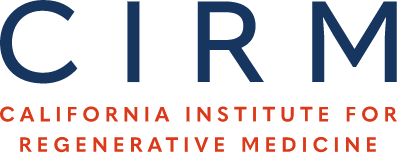Elevated Senescence Markers in Developing Trisomy 21 Human Lungs.
Publication Year:
2025
PubMed ID:
40019852
Funding Grants:
Public Summary:
Chromosomal conditions like Down syndrome (trisomy 21), Edwards syndrome (trisomy 18), and Patau syndrome (trisomy 13) are known to cause a wide range of health challenges. But how exactly do these genetic differences affect the development of vital organs like the lungs before birth?
Researchers examined lung tissue from human prenatal samples with trisomy 13, 18, or 21 to understand how these conditions influence early lung development. They focused on two key biological processes: cellular senescence (when cells stop dividing and functioning properly) and oxidative stress (a harmful buildup of reactive molecules in cells). Both are known to interfere with healthy tissue growth and repair.
The study found that in Trisomy 21 and 18, there was clear evidence of DNA damage and increased levels of senescence markers—signals that cells were aging prematurely. In Trisomy 13, a different pattern emerged, with some signs of senescence but fewer inflammatory signals. Among all three conditions, Trisomy 21 showed the most severe signs of oxidative stress, which can further damage developing lung tissue.
These findings are important because they reveal how chromosomal anomalies disrupt the normal development of the lungs at the cellular level. By identifying the specific pathways and markers involved in lung damage caused by Trisomies, this research lays the groundwork for future regenerative strategies. Scientists could use stem cells to model these conditions in the lab, test new treatments that reduce oxidative stress or senescence, or even develop cell-based therapies to restore healthy lung function in affected individuals.
Ultimately, this study brings us one step closer to understanding how to protect and regenerate the lungs in babies born with genetic conditions—an effort that aligns closely with CIRM’s goal of accelerating stem cell science to improve lives
Scientific Abstract:
Human chromosomal anomalies, notably trisomies, disrupt gene expression, leading to diverse cellular and organ phenotypes. Increased cellular senescence (SEN) and oxidative stress in trisomies have gained recent attention. We assessed SEN, senescence-associated secretory phenotype (SASP) and oxidative stress on trisomy 13, 18, and 21 (T13, T18, T21) human fetal lung tissues and isolated primary human fetal lung fibroblasts. Telomerase associated foci (TAF) staining showed DNA damage primarily within T21 and T18 lungs. These results were confirmed by RT-qPCR showing an increase of the SEN marker CDKN2B and SASP markers IL-6 and CXCL8. In contrast, lung tissues from T13 showed an upregulation of CDKN2A, while no significant changes in SASP marker genes were observed. gamma-H2AX was upregulated in each genotype, particularly in T21. Isolated fibroblasts demonstrated a strong association between T21 and several SEN markers. An increase of gamma-H2AX positive cells were observed in fibroblasts from T21, T18 and T13, but only T21 exhibited an elevation in P21 expression. Solely T21 fibroblasts displayed a significant increase in reactive oxygen species (ROS) levels, as indicated by MitoSOX and CellROX. This study provides the first evidence of a link between SEN and trisomy anomalies during prenatal human lung development, particularly in T21.



